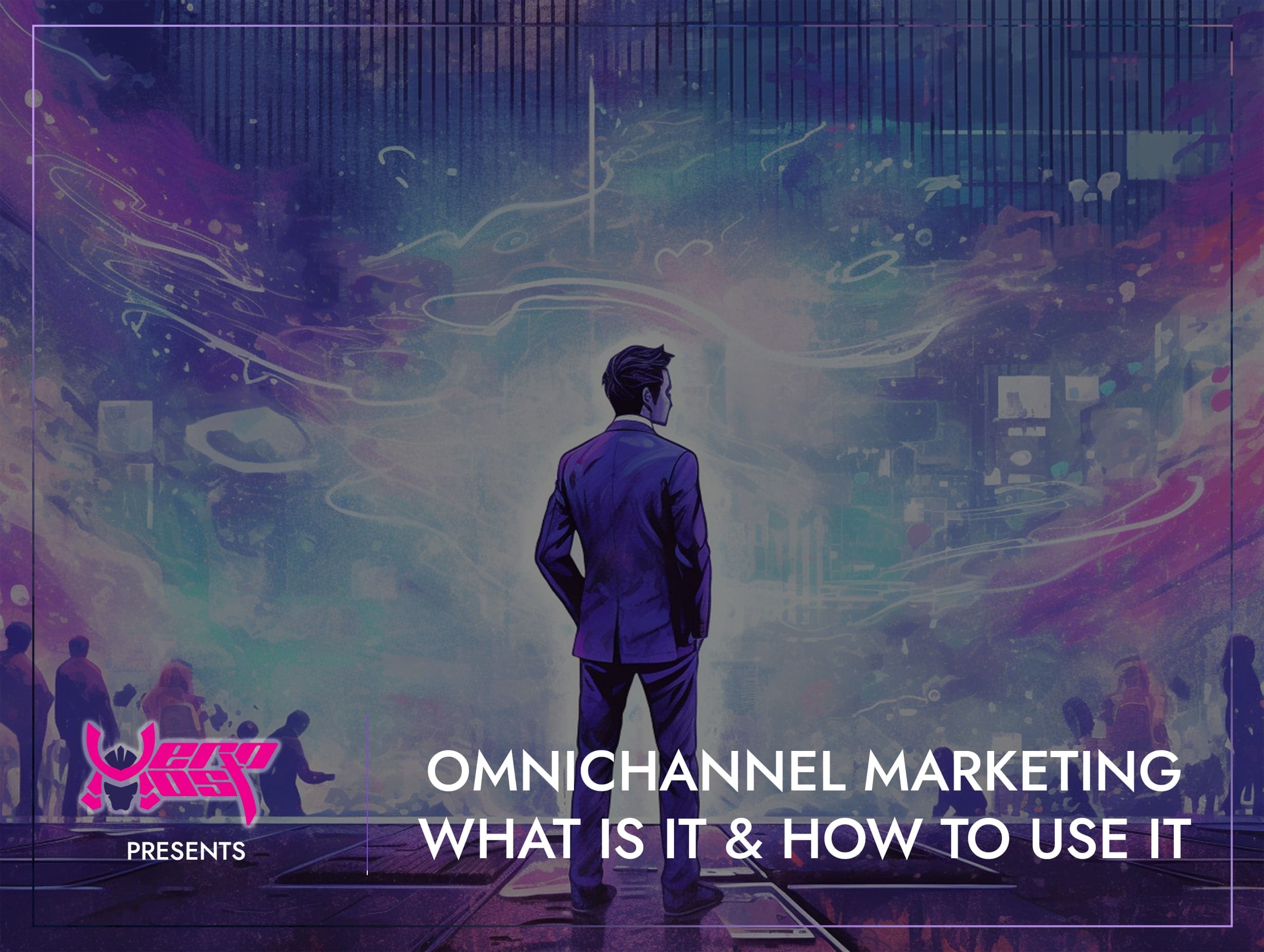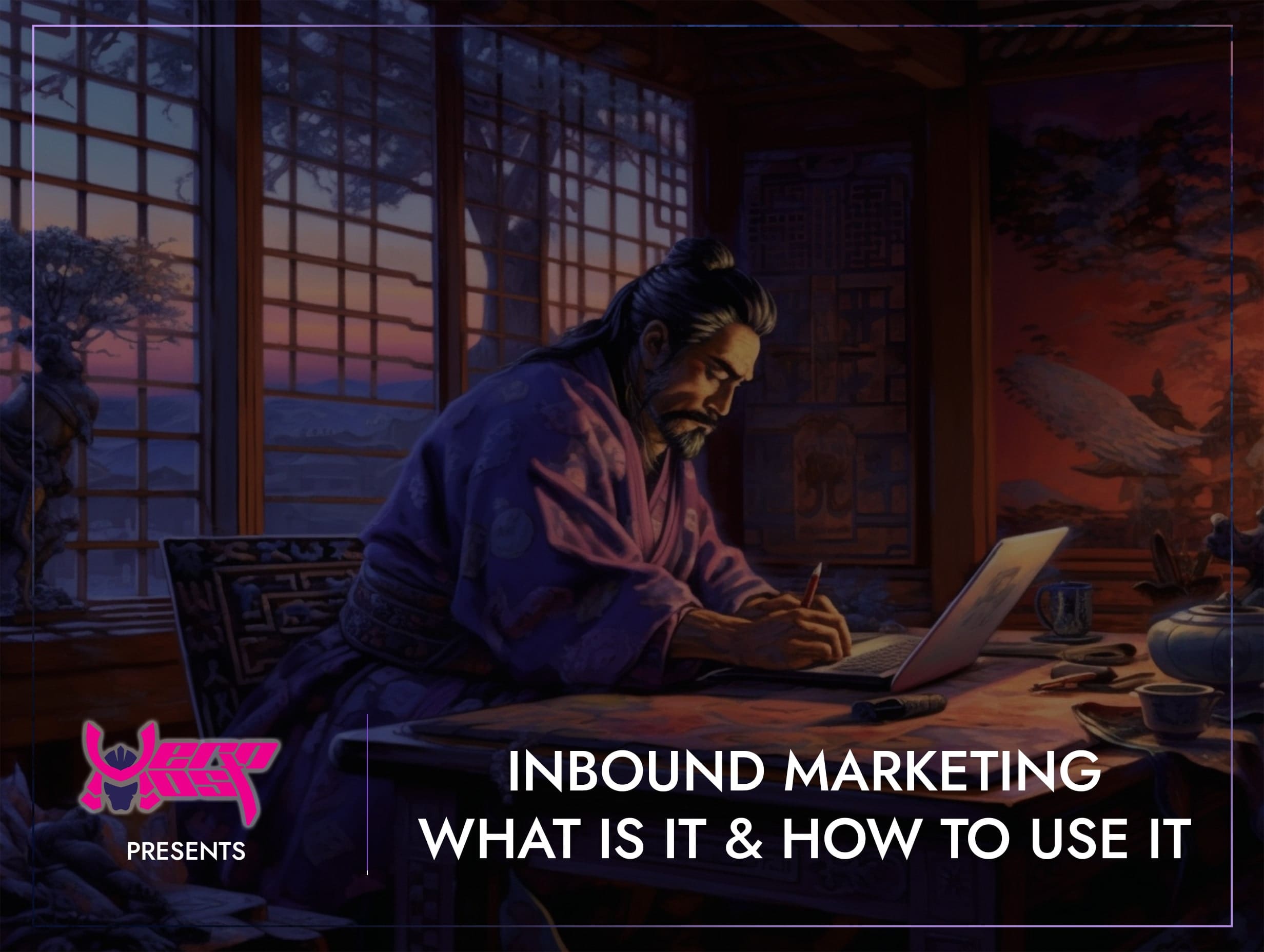The Difference Between Inbound and Outbound Marketing
- Home
- Inbound Marketing
- The Difference Between Inbound and Outbound Marketing

- Mikey Ryu
- October 5, 2023
- 0
The Difference Between Inbound and Outbound Marketing
The Difference Between Inbound and Outbound Marketing
In the world of marketing, two distinct strategies have emerged as pillars of the industry: inbound marketing and outbound marketing. These approaches have their unique characteristics, methodologies, and advantages. To navigate the complex landscape of modern marketing, it’s essential to understand the fundamental differences between inbound and outbound marketing. In this blog, we’ll explore both strategies and help you determine which one suits your business goals and audience.
Inbound Marketing: The Pull Strategy
Inbound marketing is often described as the “pull” strategy because it aims to draw potential customers in rather than pushing a message out. It revolves around creating valuable and relevant content that naturally attracts prospects, nurtures them through the sales funnel, and ultimately converts them into loyal customers. Key components of inbound marketing include:
Content Creation:
Inbound marketing relies heavily on content creation. This includes blog posts, articles, videos, infographics, ebooks, and more. The content should be informative, engaging, and tailored to the needs and interests of your target audience.
Search Engine Optimisation (SEO):
SEO plays a crucial role in inbound marketing. Optimising your content for search engines helps it rank higher in search results, making it more likely that your target audience will discover it when they’re looking for information or solutions.
Social Media Engagement:
Utilising social media platforms to share your content and engage with your audience is a fundamental aspect of inbound marketing. Social media helps you build a community and foster relationships with potential customers.
Email Marketing:
Email is a powerful tool for nurturing leads. Inbound marketers use email to send valuable content, personalized recommendations and offers to subscribers who have expressed interest in their brand.
Lead Generation and Nurturing:
Inbound marketing strategies aim to generate leads through content and then nurture those leads over time. This process involves providing relevant information and solutions to potential customers until they are ready to make a purchase decision.
Data Analysis:
Inbound marketers rely on data analytics to measure the effectiveness of their campaigns. Metrics like website traffic, conversion rates, and customer engagement help refine strategies and maximize results.
Outbound Marketing: The Push Strategy
Outbound marketing, on the other hand, is often referred to as the “push” strategy because it involves pushing marketing messages and advertisements to a wide audience, whether or not they have expressed interest in the product or service. This traditional form of marketing includes:
Advertising:
Outbound marketing relies heavily on paid advertising channels, such as television commercials, radio ads, billboards, and online banner ads. These ads are often disruptive and reach a broad audience.
Telemarketing:
Cold calling, a classic example of outbound marketing, involves reaching out to potential customers via phone calls. While effective for some industries, it can be intrusive and unwelcome.
Direct Mail:
Sending physical mail, such as brochures or catalogues, to a list of potential customers is another outbound marketing tactic. However, it can be costly and may have a lower response rate compared to digital alternatives.
Trade Shows and Events:
Participating in trade shows, exhibitions, and events allows businesses to showcase their products or services to a targeted audience. While effective, these methods can be expensive and time-consuming.
Email Blasts:
Unlike inbound email marketing, outbound email marketing involves sending unsolicited emails to a purchased or rented list of recipients. It often results in low open rates and a negative brand image.
Print and Media Advertising:
Traditional print media, such as newspapers and magazines, as well as radio and television advertising, are examples of outbound marketing. These methods can be expensive and are often difficult to track in terms of ROI.
Key Differences
Approach:
Inbound marketing focuses on creating valuable content and building relationships with interested prospects, while outbound marketing interrupts a wider audience with marketing messages.
Targeting:
Inbound marketing is highly targeted, as it aims to attract individuals actively seeking information or solutions. Outbound marketing often targets a broader audience, which may include many uninterested recipients.
Permission:
Inbound marketing relies on permission-based marketing, where individuals willingly engage with your content or subscribe to your emails. Outbound marketing often involves unsolicited messages, which can lead to a negative customer perception.
Cost:
Inbound marketing can have a lower long-term cost as it leverages content creation and digital channels. Outbound marketing often requires significant financial investments in advertising and media placement.
Measurability:
Inbound marketing campaigns are highly measurable, with data available on website visits, conversion rates, and customer engagement. Outbound marketing can be more challenging to measure accurately, making ROI assessment more difficult.
Choosing the Right Strategy
The choice between inbound and outbound marketing depends on various factors, including your business goals, target audience, and available resources. In some cases, a combination of both strategies, known as integrated marketing, maybe the most effective approach.
Consider the following when making your decision:
Audience:
If your audience actively seeks information or solutions in your industry, inbound marketing is likely more effective. If your target market is broader and less focused, outbound marketing may be necessary to reach them.
Budget:
Evaluate your budget and resources. Inbound marketing can be cost-effective in the long run but may require time and effort to see results. Outbound marketing often requires a larger upfront budget.
Goals:
Determine your marketing goals. Are you looking to build brand awareness, generate leads, or drive immediate sales? Different goals may require different strategies.
Industry:
Consider the industry you operate in. Some industries, such as technology and SaaS, are well-suited to inbound marketing, while others, like retail, may benefit from a mix of both approaches.
Testing:
Don’t be afraid to test and iterate. Monitor the performance of your marketing campaigns and be open to adjusting your strategy based on data and feedback.
Conclusion
Inbound and outbound marketing represent two distinct approaches to reaching and engaging your target audience. While inbound marketing focuses on attracting and nurturing interested prospects through valuable content and relationship building, outbound marketing involves pushing marketing messages to a broader audience, often through paid advertising.
The choice between inbound and outbound marketing depends on your business objectives, target audience, and available resources. In many cases, a balanced approach that integrates both strategies may be the most effective way to maximize your marketing efforts and achieve your goals. The key is to align your marketing tactics with the preferences and behaviours of your audience, ensuring a more successful and customer-centric approach to marketing.
Search
Categorys
- Branding (12)
- Business Growth Guides (3)
- Business Insights (3)
- Content Marketing (43)
- Domain Authority (19)
- Email Marketing (28)
- Google Analytics & Search Console (5)
- Hack or Not (2)
- Hero Host News (0)
- Inbound Marketing (32)
- Lessons From Asia (40)
- Marketing Guides (11)
- Martial Arts Journey (14)
- Outbound Marketing (8)
- Search Engine Optimisation (SEO) (41)
- Social Media Marketing (38)
- Web Design (20)
- Website Hosting (4)
- Wordpress (2)






